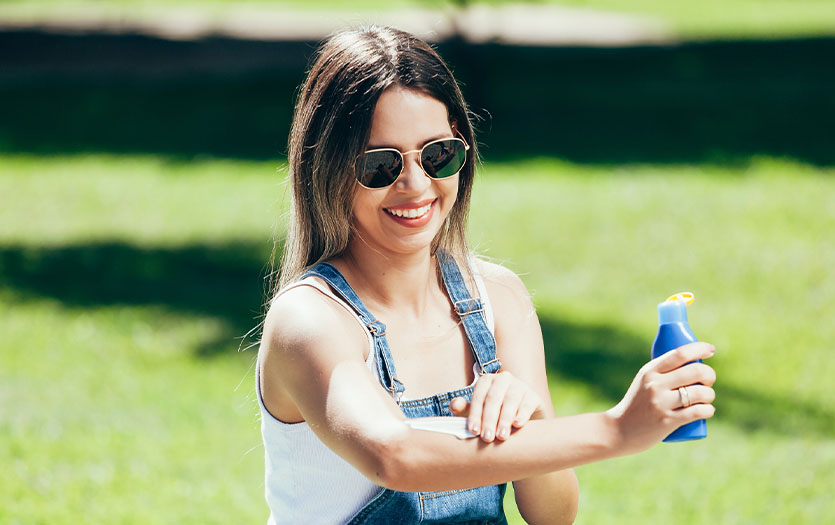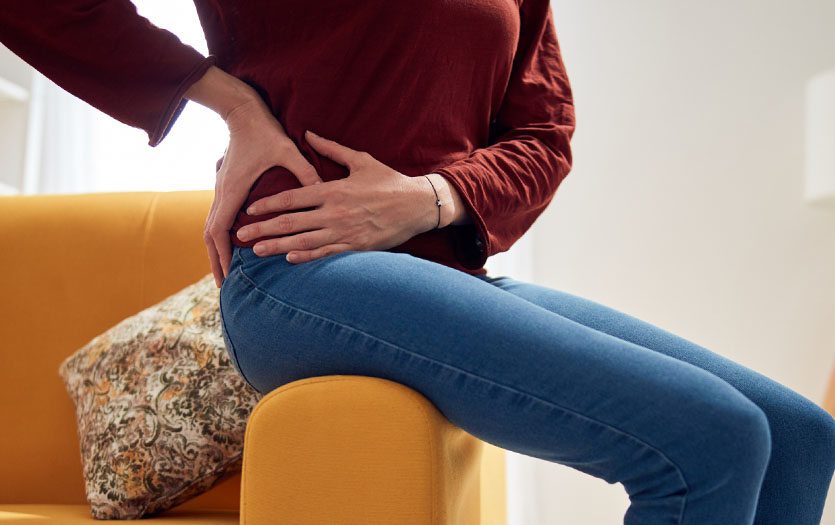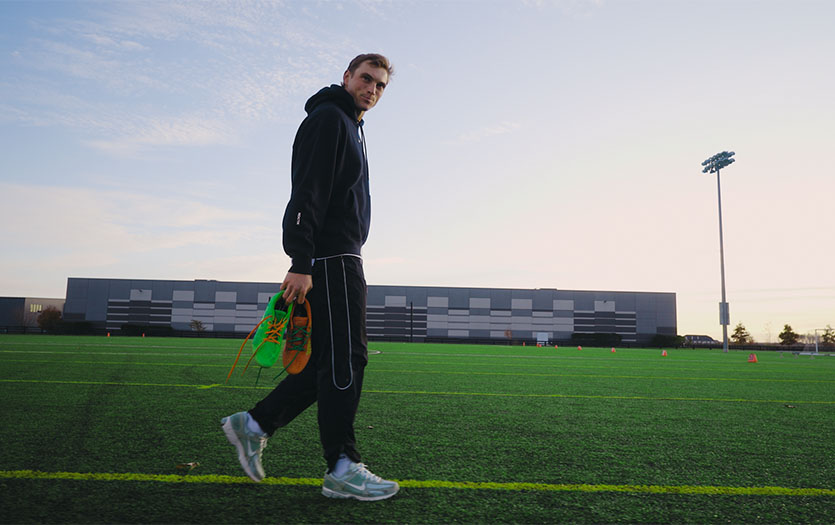
This post was written by Sara Herstad, DO, and Megan Lauer, NP, Parkview Virtual Walk-in Clinic.
As we move into the summer season and start spending more time out in the sunshine, it’s important to remember to take care of our skin. Too much sun exposure can lead to sunburn and can contribute to skin cancers. Our skin is our largest organ, and we should treat it with care. In this post, we’ll discuss what sunburn is, when you should seek medical treatment and how to prevent burns in the first place through simple, preventative measures.
What is a sunburn?
A sunburn is a type of radiation burn on the skin caused by the sun’s ultraviolet (UV) rays, tanning beds or overexposure to the sun. Sunburns cause blood vessels to dilate, which creates skin redness, painful inflammation and sometimes blisters.
What is the difference between a first-degree and second-degree sunburn?
The terms first-degree and second-degree sunburns refer to how deeply the skin was affected by the burn. First-degree burns typically only affect the outer layer of the skin, while still causing some localized pain, redness and swelling. You may also experience peeling of the skin after several days, nausea, headache, fatigue or a fever.
Second-degree burns affect the outer layer of skin and, additionally, the next layer underlying (dermis). These are typically more painful, are a deeper red color with patches of white discoloration and cause blistering. Sometimes the skin will have a wet appearance and look shiny. These burns typically take longer to heal and may require medical treatment.
Some people may also have heat-related illnesses like cramps, heat exhaustion or heat stroke concurrently with second-degree burns. If you or someone you know receives a second-degree sunburn, you should monitor for any signs of confusion, breathing fast, fever, nausea, headache, chills/shivering, exhaustion/severe fatigue, muscle cramps and dizziness.
What are the long-term effects of sunburn?
Sunburns can have long-term effects that range from cosmetic to serious.
Cosmetic side effects include premature aging of the skin, including issues like wrinkling, age/dark spots, freckles, red veins or sagging. Repetitive sun exposure can also lead to eye damage, which causes cataracts.
More serious consequences of sunburn would be skin cancers, including melanomas. When skin cells are damaged, some are not easily repaired over repeated sun exposures. This damage can range from scaly/gritty spots on the skin that are precancers, to skin lesions that won’t heal, or discolored lesions (melanomas) on the skin that have the potential to grow internally (metastasize) to other organs. Some skin cancers can take up to 20 or more years to develop post-sun exposure.
Who is at risk for sunburn?
Everyone is at risk for sunburn and should take steps to reduce risks and complications, even on overcast days. That said, there are some people whose skin/hair color or lifestyle put them at a higher sunburn risk, such as:
- Those with light/fair skin, skin with freckles, blue eyes, and/or blonde/light-colored or red hair are more likely to burn.
- People who work outdoors regularly and have sun exposure.
- People who use a tanning bed, participate in outdoor sporting activities or spend a lot of time on the water doing activities on a boat or paddleboard.
- People who live close to the Equator or in areas of high altitude.
What are preventative measures for sunburn?
Luckily, there are preventative measures that anyone can easily take to minimize the risk of sunburn and to protect their skin. These include:
- Anytime you plan on being outdoors, be aware of how much time you are spending outside, the time of day and the amount of exposure you will have.
- Apply SPF 30-50 to exposed skin every 90 minutes when outdoors. This may need to be applied more often if you’re sweating or in the water.
- Wear sunglasses that filter UV rays, wide-brimmed hats, clothing with SPF or long–sleeve shirts or pants, weather permitting.
- Avoid long exposures from suntanning or going to tanning beds. Limit exposure time outside when the sun is the hottest and strongest, usually between 10 a.m. and 4 p.m.
- Look at your prescribed medications to see if any of these can cause an increase in skin sensitivity with sun exposure.
What are ways to treat sunburn at home?
Most sunburns can easily be treated at home, without medical attention. Treatment will depend on how serious the sunburn is, the amount of skin affected, the type/stage of the sunburn and your symptoms. If you are concerned, come in and see a provider or visit the Virtual Walk-In Clinic.
To treat sunburnt skin:
- Use a topical moisturizer that has aloe vera in it to help soothe the skin. This is best done when skin is damp.
- You can take over-the-counter pain medications, such as Tylenol® or NSAIDS like Ibuprofen to help reduce inflammation, swelling and pain.
- Decrease the inflammation. Put coconut oil or witch hazel solution on a clean cloth and apply to affected area.
- Cool the area down with a bath, shower or compresses to reduce pain.
- If the skin is itchy, add oatmeal, baking soda or cider vinegar to a bath to reduce inflammation. You may also apply a baking soda, cornstarch or oatmeal paste (with rolled oats, honey and milk) to the skin.
- Drink water and stay hydrated.
- Do not pick at blisters or skin that is peeling (let it come off naturally).
When should I seek medical attention for a sunburn?
Seek medical attention for a sunburn if you or the patient …
- Is under one year of age
- Is in extreme pain
- Has a high fever (over 102) or chills
- Shows signs of infection, such as pus coming from blistered areas
- Shows signs of dehydration, including feeling dizzy, dry mouth, excessive thirst, feeling tired or low urine output
- Has blisters covering more than 20% of the body surface or severe swelling (1%=1 handprint)
Utilizing the Virtual Walk-in Clinic is a great option for those with first- or second-degree sunburns if there is no concern of infection, dehydration or heat-related illness. Those symptoms would require an in-person visit. Similarly, small children and babies are best seen in person for sunburn if they are unable to sit in front of a camera.
Take good care of your skin, in the sun and out. Ask your primary care provider or a dermatologist about yearly skin exams to monitor for skin cancer.
A convenient care option
With the Virtual Walk-in Clinic, you can see a Parkview provider from your smartphone, tablet or computer and receive the same level of care as an in-person visit at a walk-in clinic. Our providers are available to treat and diagnose non-emergency medical issues, and if necessary, prescriptions are sent right to your pharmacy of choice. Virtual Walk-in Clinic video visits are open to anyone in Indiana or Ohio, even if you don’t currently have a Parkview provider.
To get started, log in to your MyChart account and select Virtual Walk-In Clinic from the menu. For the best visit experience, use the free MyChart mobile app, downloadable for Android or Apple products.



